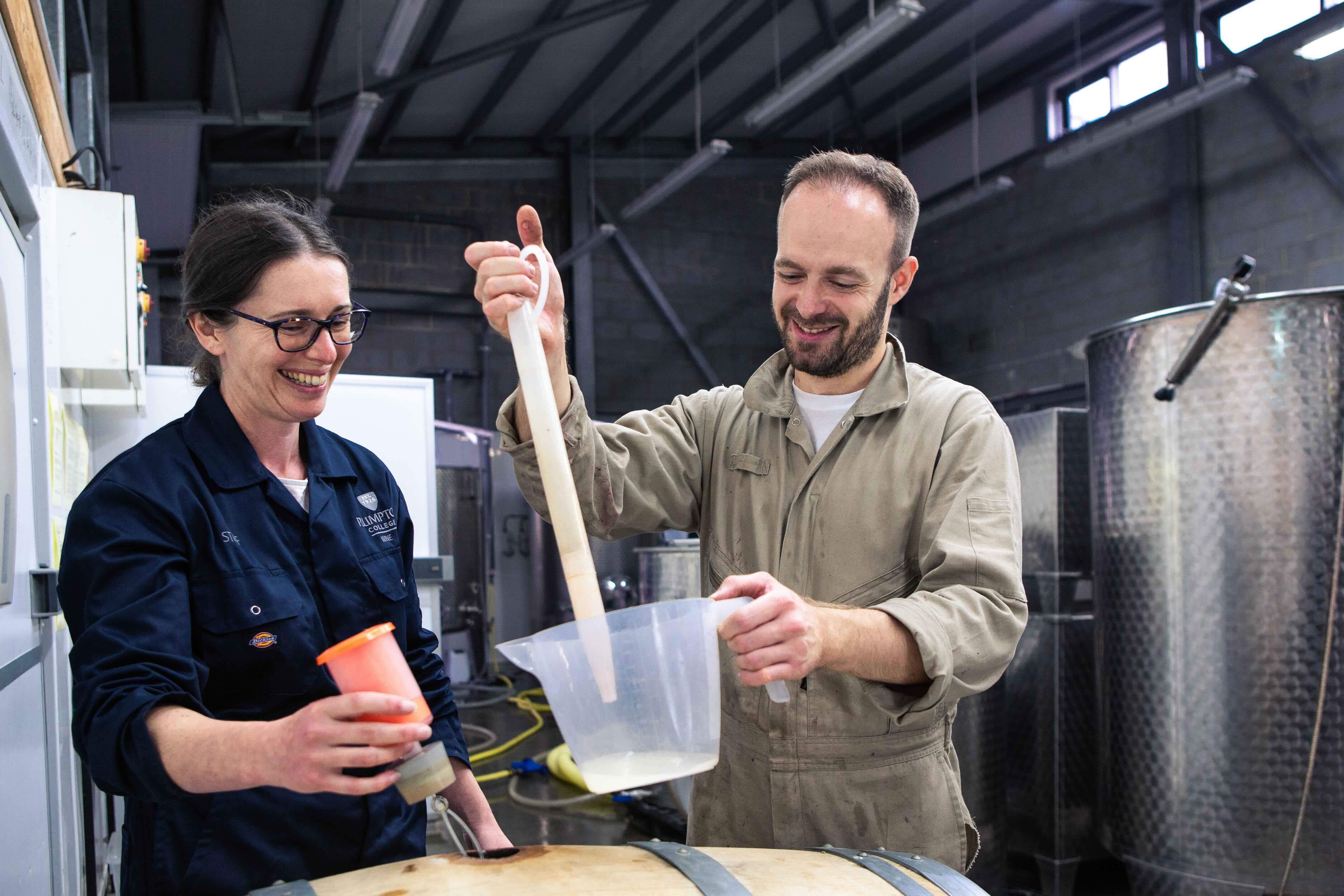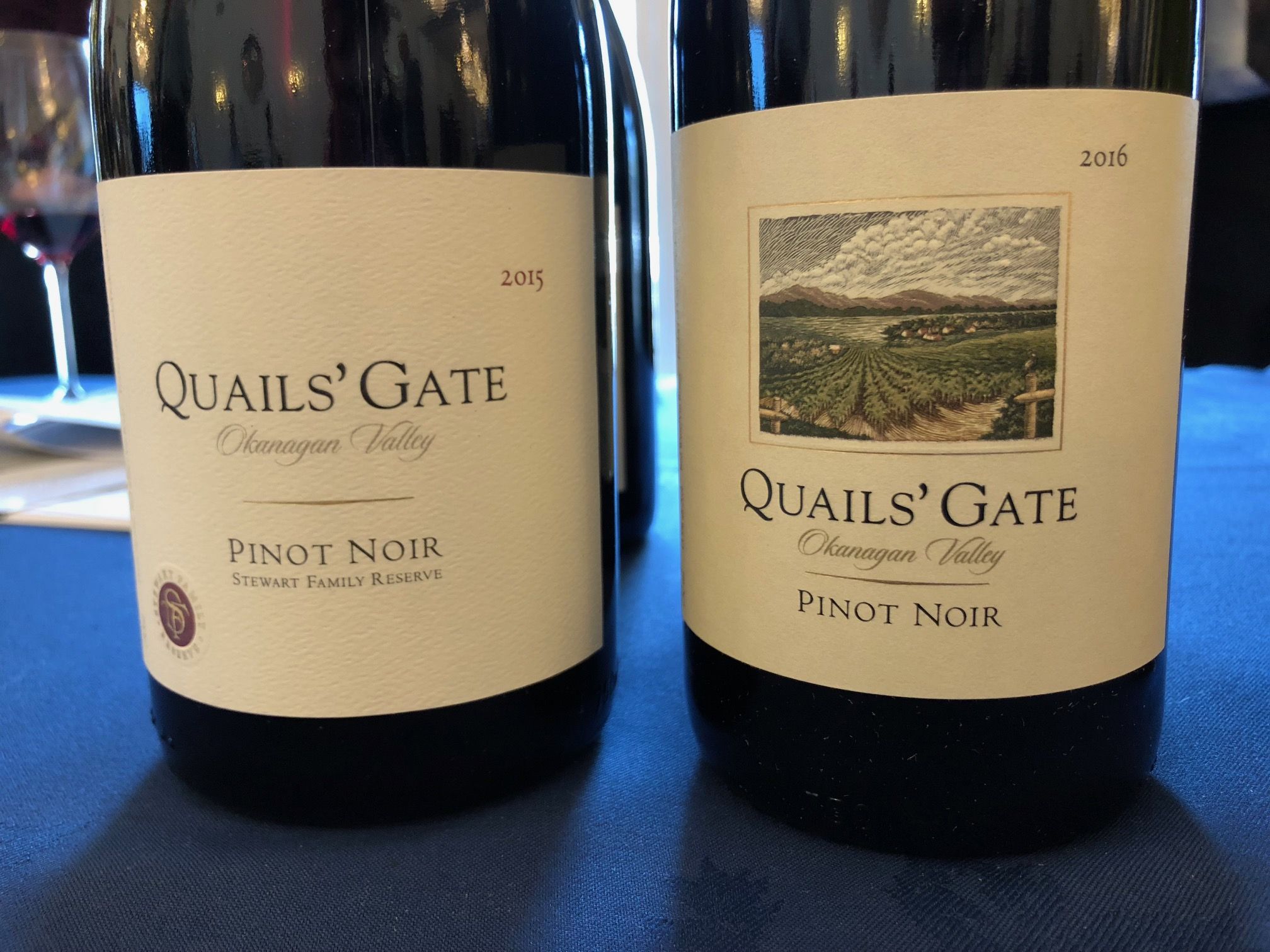Perhaps this should be the new paradigm for wine dinners: to put one wine through its paces, with different foods, at different stages of unfolding aroma and flavour, writes Krebiehl
It’s not often that a tasting makes you see familiar things in a different light, but Champagne Palmer & Co. pulled it off. Over the course of an evening, alongside a specially created menu by Anne-Sophie Pic at La Dame de Pic, one particular wine shone in different guises and managed to pair with every course on the whimsical, subtle menu. Different glasses and serving temperatures made this possible.
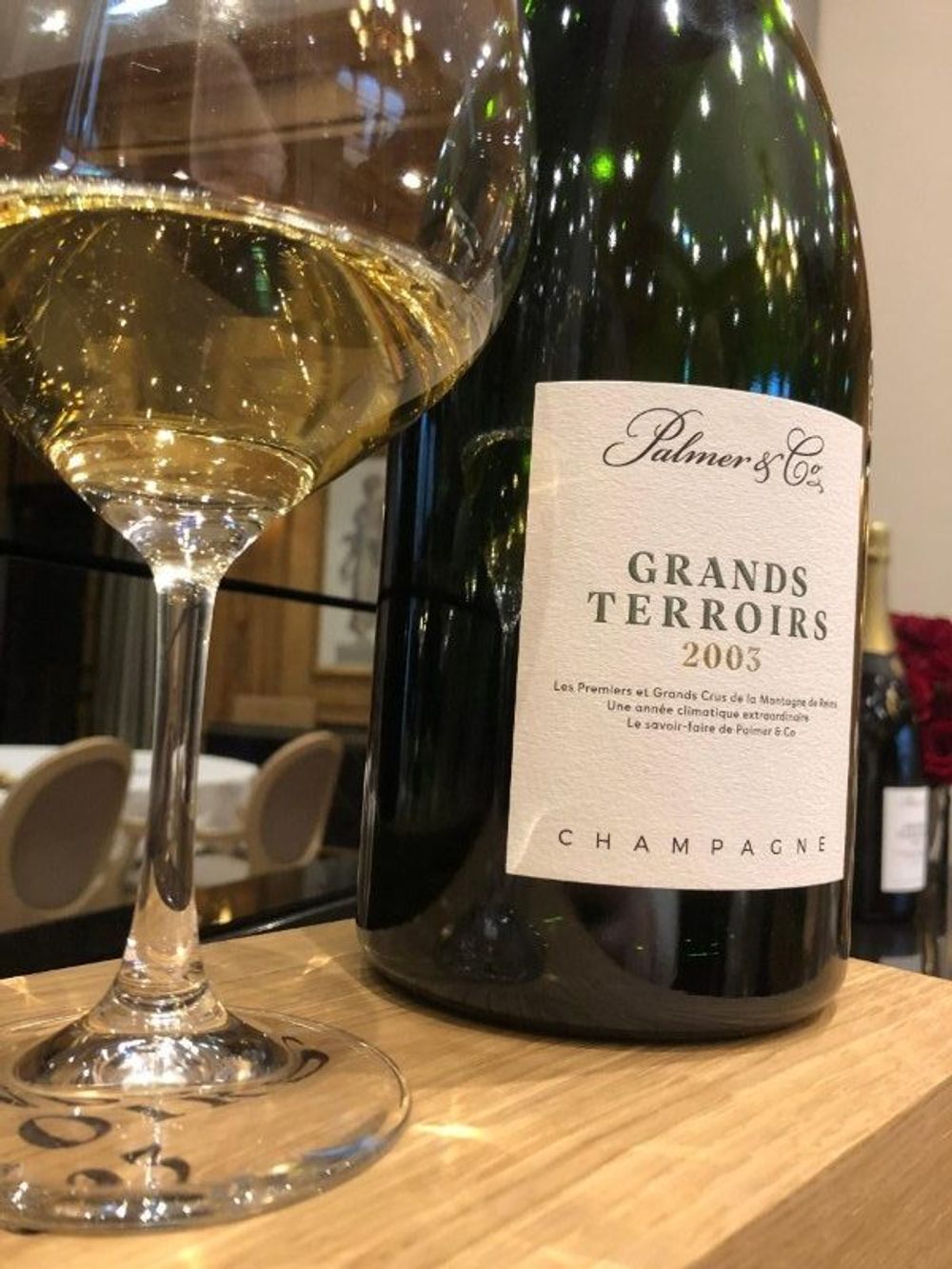
This achieved two things: it illustrated, as it was supposed to, what a great, layered and multi-faceted experience a great vintage Champagne is – but it also called into question that almost nervous habit of changing wines with every course. As exciting and eye-opening wine pairing for each and every course of a tasting menu can be, slavishly fine-tuned pairings can also be overwhelming, failing to do justice to either wine or food.
Perhaps having one wine over the course of a meal rather than a bewildering succession of taste impressions is like the difference between scrolling down an endless Instagram feed and taking time to concentrate on one image. It requires a little more stillness, a little more concentration but it also offers different rewards.
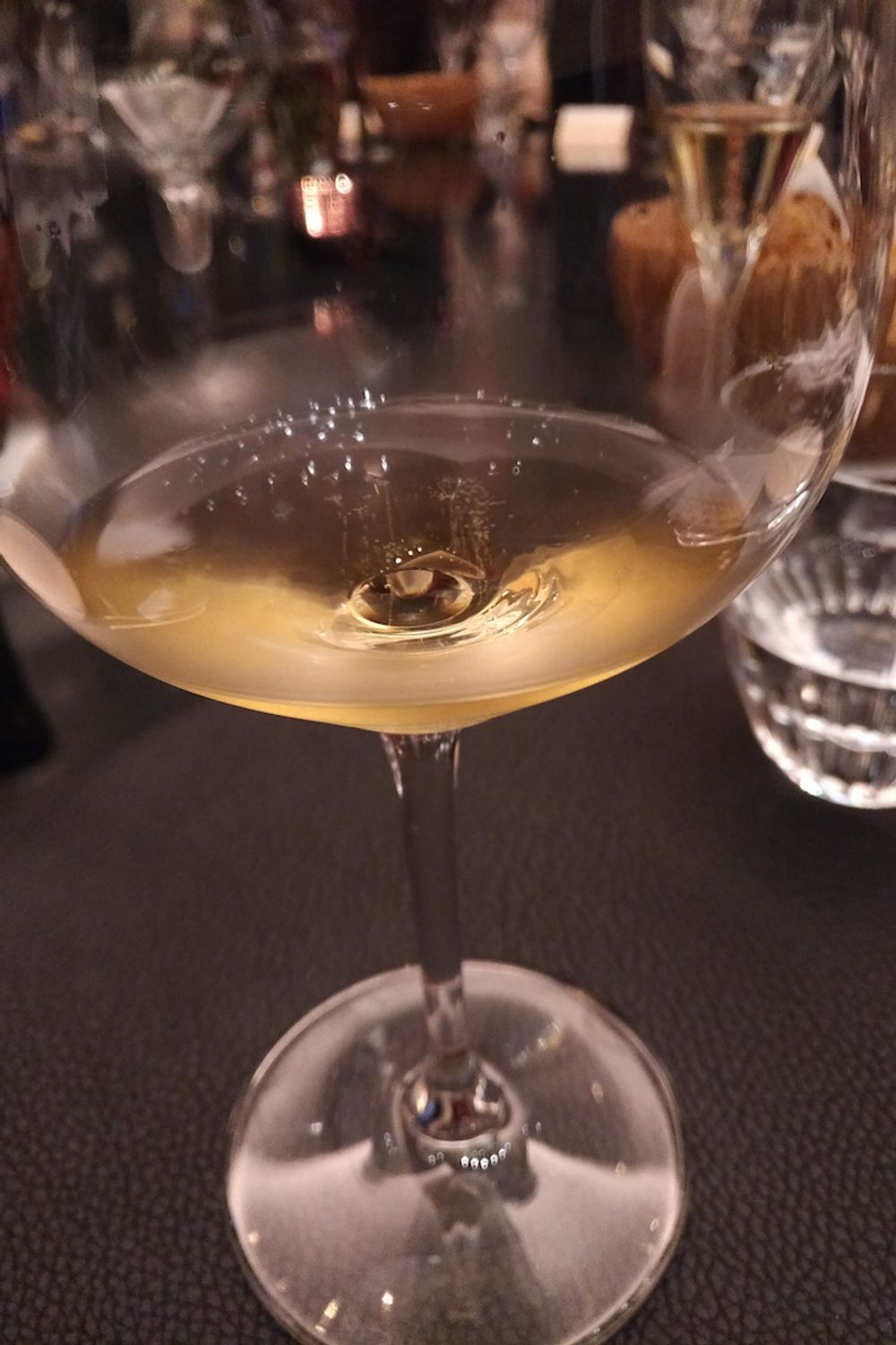
One of the three different glasses
The exercise was centred around one wine: Champagne Palmer & Co Grands Terroirs 2003, a wine from a monumental and challenging vintage, first hit by frost, then by hail, followed by a then still unusual and unexpected heatwave.
Palmer & Co. is a 1947-founded co-operative that started out with seven members who wanted to have a wider choice of blending in their heartland of the Montagne de Reims. The north-facing Grand Crus of Mailly and Verzenay and the Premiers Crus of Trépail and Villers-Marmery still are the most prized vineyards of the co-op which by now has more than 300 members covering 420ha. A team of five oenologists, three women and two men, take all the blending decisions together. Back in 2003, they knew they had something special on their hands.
One of those oenologists, director Rémi Vervier, was in London to present the wine from this unusual vintage of which just 1703 magnums were made. He explained that at Champagne Palmer & Co vintages usually are roughly half Chardonnay, half Pinot Noir and always drawn from those Premiers and Grands Crus in the Montagne de Reims. The Grand Terroirs 2003 is made of 54% Pinot Noir from Mailly, Verzenay, Rilly la Montagne, Ludes and Chigny les Roses and 46% Chardonnay from Villers-Marmery and Trépail.
“We decided to produce a vintage in tiny quantities,” Vervier said, also remembering the huge expectations that rested on the bottling. “Five years ago, we were waiting for an explosive wine but it was very closed.” By that time the 2003 had spent almost a decade on its lees but Vervier and his team decided to wait.
“Two years ago the wine was ready and we decided to release a small allocation.” Two further years of post-disgorgement ageing followed and the dinner at La Dame de Pic in London was the first British outing of this magnum-aged wine.
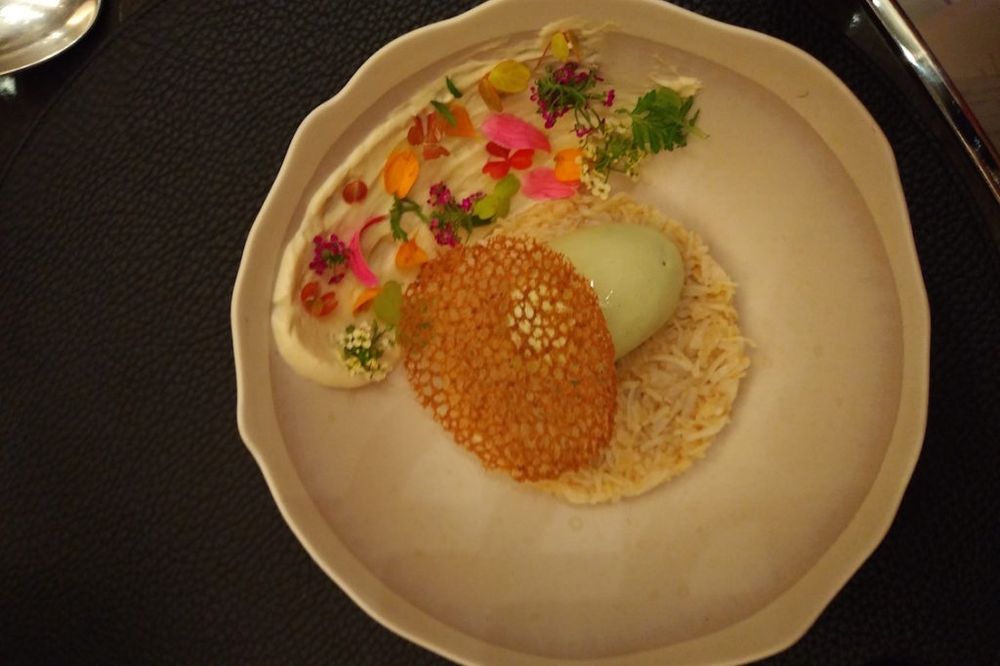
Paired with Cornish crab it was ‘freshness and radiance’
Its first guise was not unusual: served at 9-10ᵒC in a white wine glass, Grands Terroirs 2003 was floral with white blossom notes and the purest lift of Amalfi lemon. It was energetic, showed its drive, and with a little air it expressed its richness with notes of blossom honey. In Palmer’s own words it was “freshness and radiance” and paired well with Cornish Crab. So far, so usual.
The next course was more interesting. The Grands Terroirs 2003 came in a larger glass with high sides at 11-12ᵒC to showcase “richness and depth” – I found that it showed notes of stone fruit, notably peach, and had a much creamier, smoother mouthfeel, most likely down to the warmer temperature. Its relative emollience at this stage stood up to pink veal.
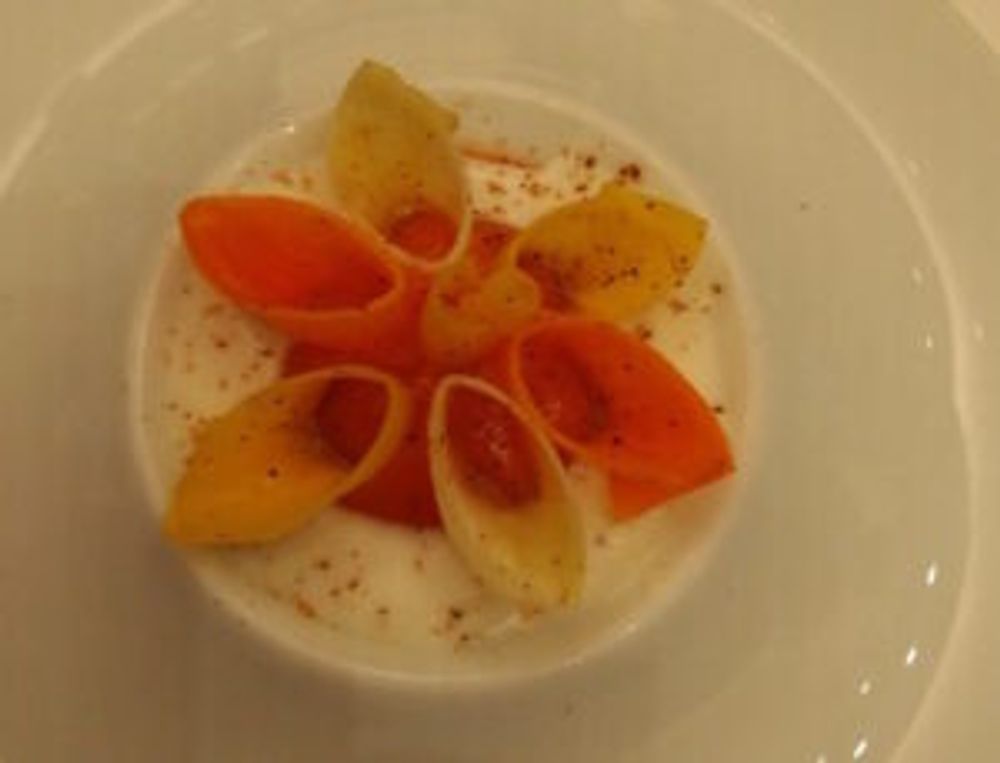
The last rendition, in a proper, round Burgundy glass served at 13-14ᵒC, was the most challenging. Palmer promised us “fruit and velvet” and the wine delivered with judicious depth and subtle roundness. Admittedly, the dessert it came with was suited to the experience, a deconstructed île flottante flavoured with woodruff and yuzu, but the freshness of Champagne with dessert was wonderful – light somehow, and still very enlivening.
“We increased the size of the glass, we increased the temperature,” Vervier said, “This really is the experience of the warmth of 2003. The fruitiness of the vintage is visible here. At certain temperatures, in certain glasses, the wine is different.”
Perhaps this should be the new paradigm for wine dinners: to put one wine through its paces, with different foods, at different stages of unfolding aroma and flavour. We got the real measure of this powerful and versatile wine and it worked well. I fancy that many of us give far fewer hoots about pairing at home and just drink our favourites throughout a meal – really engaging with the wine over an entire evening. I also see that some wines might not be suited to this treatment – but this Champagne certainly took to it with aplomb.


